TRADE REVIEW: Q2 alumina balance hinges on supply disruption risks, lackluster aluminum demand
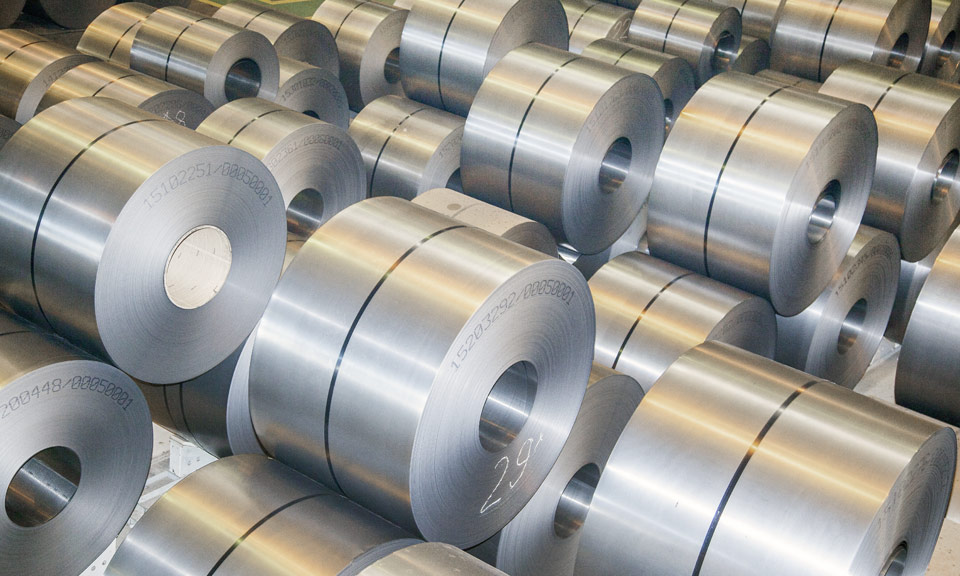
This report is part of the S&P Global Commodity Insights' Metals Trade Review series, where we dig through datasets and digest some of the key trends in iron ore, metallurgical coal, copper, alumina, cobalt, lithium, and steel and scrap. We also explore what the next few months could bring, from supply and demand shifts to new arbitrages, and to quality spread fluctuations.
Supply disruption risks and lackluster downstream aluminum demand are expected to circumscribe global alumina price moves in the second quarter of 2023, following gains in the first quarter on the back of output curtailments and stockpiling activity.
The first quarter saw supply interruptions in the Pacific and Atlantic basins in the form of a force majeure involving the Kwinana Alumina Refinery in Western Australia and a belt system failure at Brazil's Alumar refinery.
European aluminum smelting capacity that was curtailed in 2022 due to high energy costs has been largely offline, while aluminum output in China has risen along with domestic alumina production. New alumina refining capacity in China and a closed arbitrage window also kept spot Chinese import demand at bay in the first quarter.
Platts, part of S&P Global Commodity Insights, assessed benchmark Australian alumina at $355/mt FOB on April 14, up from $330/mt FOB at the start of the year but down from a year-to-date high of $371/mt FOB in mid-February.
The market has been split on the impact of costs pressures and lower output at some Australian alumina producers.
Higher energy prices and raw material costs, such as caustic soda and bauxite prices, have been among some of the key factors driving operating costs for Australian alumina producers.
While Australia's Worsley Alumina achieved record production in the 2022 financial year, output at other Australian alumina producers fell during the period.
"Considering these factors, the market would be tighter compared to 2022, and there would be an increase in support for prices moving forward," an Asia-Pacific producer said. "The prior ex-Russia supply glut due to the Australian export ban to Russia had already been priced in by the market at current levels below $400/mt FOB Australia."
Worsley Alumina's production exceeded its 4.6 million mt/year nameplate capacity in FY 2022. South32, which operates the refinery, expects to sustain output levels in FY 2023.
Queensland Alumina and the Yarwun refinery on East Coast Australia produced a total of 6.374 million mt in FY 2022, down from 6.798 million mt in FY 2021.
Alumina production at the Pinjarra, Wagerup and Kwinana refineries owned by Alcoa World Alumina and Chemicals stood at 8.991 million mt in FY 2022, declining from 9.577 million mt the year before.
Alumina Limited, which owns 40% of AWAC, expects its output to decrease in FY 2023 because of a lower bauxite grade, gas supply disruptions, and refinery maintenance.
But as caustic soda and bauxite prices have fallen thus far in 2023 from a 2022 peak, a Western consumer said Australian alumina prices could see further downside from current levels. "The continuously rising alumina refining capacity in China would also continue to pressure prices there, and a proper stabilization would be where the Chinese import arbitrage window closes," the consumer said.
Chinese domestic alumina prices rallied in Q4 2022 and early-2023 on the back of winter stockpiling and refinery cuts in the wake of environmental audits and bauxite supply inconsistencies. However, further smelter curtailments and new refining capacity have capped price gains this year and started reversing the uptrend in the second quarter.
Domestic prices in China were mostly in a deadlock through the first quarter despite smelter curbs in the country's south and rising refinery operating rates in the north.
Chinese market participants expect market fundamentals to pressure prices going forward in 2023. New refining capacity coming online and wavering offer levels have pressured domestic alumina prices in China, while downstream demand from aluminum smelters has been sluggish on the back of prior smelter curtailments.
"There are more producers seen lowering offers now as compared to the first quarter when prospective sellers were mostly traders. [That] could indicate a less optimistic outlook in the near term," a Chinese trader said.
A growing gap between northern and southern Chinese alumina prices could boost market interest in transporting alumina from Guangxi and Guizhou in the south to northern and western regions, such as Xinjiang, Inner Mongolia, and Shandong, further pressuring prices in the north.
The Brazilian alumina differential to Australian material, commonly known as the Atlantic differential, mostly fluctuated at a premium in the $20-$30/mt range in the first quarter of 2023, even as freight costs fell after pandemic restrictions eased.
A narrowing freight differential between the Atlantic and Pacific basins and smelter curtailments have capped the Brazilian alumina premium to Australian material, while surprise refinery cuts in Brazil have kept its decline in check.
Platts assessed FOB Brazil alumina at a $25/mt premium to FOB Australia on April 13.
S&P Global reported earlier that the freight differential between the Atlantic and Pacific could become less meaningful when considering the Atlantic differential as time risk and carrying costs between the two basins could become more prominent.
"I think that many people are still looking to derisk by securing cargoes way in advance as demand will creep back with smelter restarts if energy prices don't spike again, as well as due to the ongoing Kwinana curtailment in Australia," a producer based in the Atlantic said, referring to several spot deals for cargoes loading further out.
A European consumer said power prices may have eased in Europe due to falling demand, but that trend could reverse if energy-intensive industries restarted curtailed operations in current circumstances.
"I don't think there will be any significant smelter restarts this year because energy prices remain elevated," the consumer said. "Although [European smelters] managed to avoid the worst last winter, power prices are certainly by no means at decent levels for most of them."
In January, French primary aluminum producer Aluminium Dunkerque restarted some of the pots at its Dunkirk smelter that were idled in September. "But [Dunkerque] did not cut as much output in the first place compared to San Ciprian or Slovalco," the consumer said, indicating that curtailed smelting activity in Europe may take some time to come back.
#TradeReview: Q2 #alumina balance hinges on supply disruption risks, lackluster #aluminum demand
— S&P Global Commodity Insights Metals (@SPGCIMetals) April 18, 2023
🔸Tightness in Atlantic Basin supports Brazilian premium
🔸New refining capacity to pressure #Chinese alumina
📰Here's the latest @SPGCIMetals trade review: https://t.co/10xGjPhc3Opic.twitter.com/ObqAPvPPqD
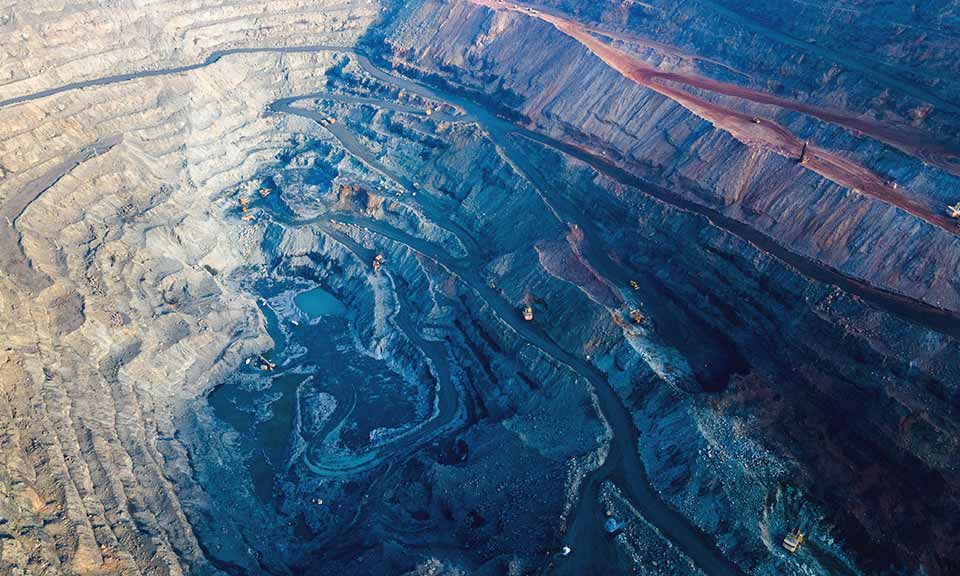
News
Leinster Lithium Project comprised of 23 exploration licenses Several European lithium mining/refining projects set to launch this year UK project developer and battery metals recycler Technology Minerals is to sell its exploration licenses in Leinster, Ireland, to project developer European Lithium. The London-listed company said April 22 the purchase would take place through the sales of 100% of the issued share capital of its wholly owned subsidiary and the owner of its exploration licenses LRH Resources limited. The proposed sale price is $10 million to be settled through the transfer of the equivalent value of shares held by European Lithium in Critical Metals Corp. calculated at 90% of the closing market price of the shares on the day before the signing of a heads of agreement. The shares in Critical Metals will be held in escrow until Feb. 28, 2025. LRH Resources' Leinster Lithium Project is comprised of 23 exploration licenses containing significant lithium bearing spodumene pegmatites. Technology Minerals said it will retain its 100% interest in the Asturmet project in northern Spain. "The agreement is an endorsement of our ability to identify and develop early-stage projects with significant potential," said Alex Stanbury, Technology Minerals chief executive. "It also underscores our strategy to advance early-stage projects up the value curve and attract potential buyers or partners to bring additional value to the company and its shareholders," he added. European Lithium chair, Tony Sage said that the acquisition demonstrates his company's commitment to expanding in the European lithium industry and its ability to identify and secure promising lithium properties. "This also demonstrates the value of our investment in Critical Metals Corp. As we move forward, we can utilize the investment again and again without depleting our cash reserves, he said. European Lithium, an Australia-listed mining exploration and development company is focusing on the development of the Wolfsberg project in Cezch Republic. The company is aiming to be the first and largest local lithium supplier in an integrated European battery supply chain. Several European lithium mining and refining projects are poised to launch commercial operations this year, supported by a push among original equipment manufacturers, or OEMs, to regionalize their battery supply chains and reduce dependence on imported material. On March 18, The European Council adopted the European Critical Raw Materials Act (CRMA) The regulation requires that EU capacities along the strategic raw material supply chain satisfy at least 10% of EU annual consumption of mined material, at least 40% consumption of processed products and at least 25% consumption of recycled material. The regulation also requires that no more than 65% of the EU's annual consumption of each strategic raw material at any relevant stage of processing should come from a single third country. Platts, part of S&P Global Commodity Insights, assessed lithium carbonate at $14,500/mt CIF Europe April 22, unchanged on the month, while lithium hydroxide was assessed at $14,500/mt CIF Europe on March 18, also stable on the month. Platts Connect: News & Insights (spglobal.com)
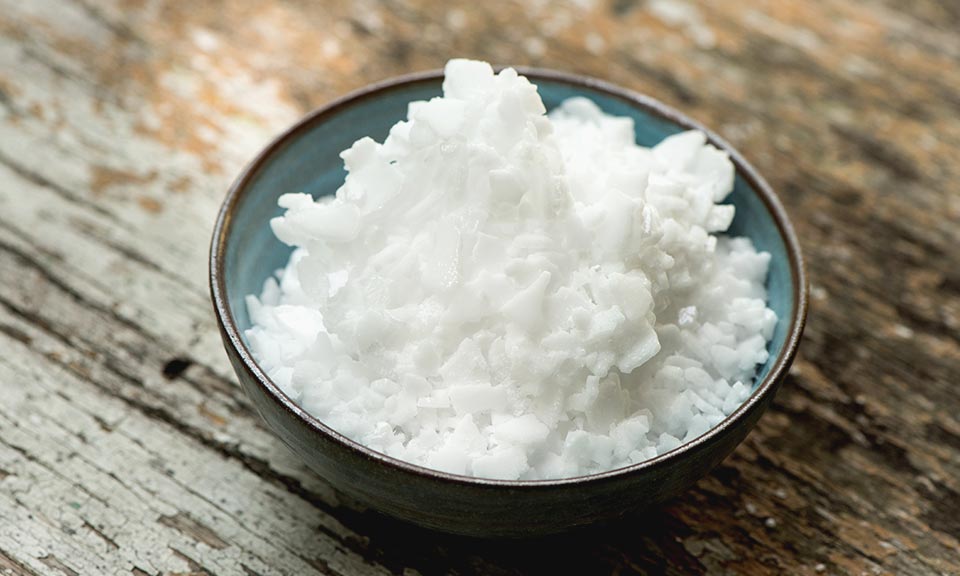
News
Nine-month production up 9.1% on year March quarter sales rise 14.4% on year Sales for 9-month period up 9.3% on year Australia's Pilbara Minerals boosted spodumene concentrate production 20.8% year over year to a record 179,006 dmt in the third quarter of the 2023 financial year, the company reported in quarterly report released April 19. The volume was also up 2% quarter on quarter and brought the nine-month total to 499,200 dmt of spodumene concentrate, 9.1% higher year on year. The company’s financial year runs from July to June. The miner said that, although there had been production challenges early in the March quarter due to adverse weather events and ore supply challenges, the P680 primary rejection facility had achieved nameplate production capacity in the second half, with a monthly production record of 80,000 dmt achieved in March. Besides the expanded production capacity of P680 with no shutdowns, the monthly record was also helped by higher ore lithium head grade and higher lithium recoveries due to operational improvements including the temporary mobile ore sorters. Pilbara said it was temporarily using mobile ore sorters to supplement ore feed and to gather in-field intelligence on the use and optimization of ore sorting technology on mine ore feed ahead of the start of commissioning of the P680 crushing and ore sorting facility in the June quarter. Sales up 14.4% on year Pilbara Lithium’s sales for the March quarter were 165,100 dmt, up 14.4% year on year and up 3% quarter on quarter. The average realized price of the quarterly sales were $804/dmt CIF China, $83.4% lower on the year and down 28% quarter on quarter. Pilbara said the quarterly sales were lower than the production volume due to the timing of shipments, with two totaling 25,900 dmt made during the first half of April. “The company continues to see ongoing customer demand for its product and is not stockpiling production volume,” it said. Sales for the nine-month period totaled 471,400 dmt, up 9.3% on the year, at an average realized price was $1,343/dmt CIF China, down 72.8% on the year. “The pre-auction sale of 5,000 dmt at $1,106/dmt SC5.5 in March reflects the ongoing demand and positive pricing for unallocated production volume,” Pilbara said. Lithium price increases are "feeling material" when looking at the 60 days up to mid-April, Pilbara Minerals' Henderson said. Platts, part of S&P Global Commodity Insights, assessment of lithium spodumene concentrate with 6% lithium oxide content (SC6) has risen 11.3% since the start of 2024 to $1,080/mt FOB Australia April 19. Mid-Stream demo plant project on schedule The company said its Mid-Stream demonstration plant project continued to progress on schedule and budget with detailed design, and was still expected to achieve first lithium salt production in the June quarter of the 2025 financial year. Pilbara’s JV with POSCO, POSCO Pilbara Lithium Solution Co., also completed commissioning activities and started production ramp up for Train 1 of the 43 ,000 mt/year lithium hydroxide monohydrate (LHM) chemical facility in Gwangyang, South Korea, Pilbara said. It said small volumes of uncertified LHM were produced during the quarter as part of commissioning with the ramp-up to full capacity estimated within 12-18 months. The JV also continued major construction works for Train 2 at the plant, with commissioning expected to start during the second half of 2024. Platts Connect: News & Insights (spglobal.com)
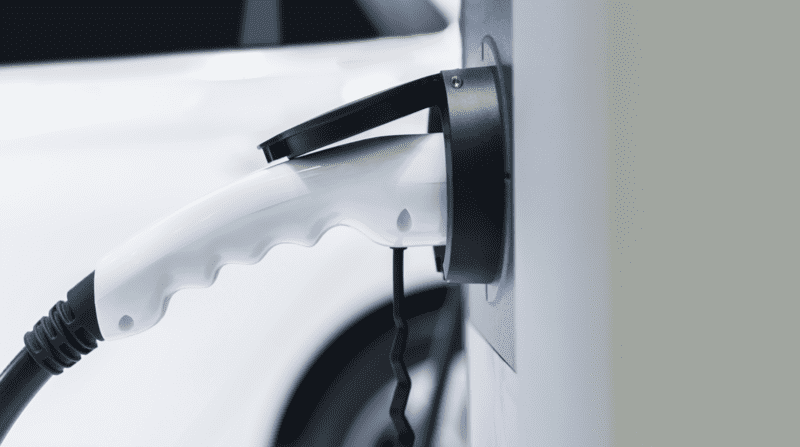
News
Reduced EV sales hits home installations Tailwinds from ZEV mandate expected UK EV sales market share down in March The UK's electric vehicle charging market is facing a challenging outlook due to policy uncertainty and reduced demand for new EVs, EDF-majority-owned charging company Pod Point said April 18. Pod Point's 2023 revenue fell 11% to GBP63.8 million ($80 million) mainly due to a 38% year-on-year decline in home charge point installations to 33,513. Commercial charge point installations fell 10% to 5,231. "The market is likely to remain challenging with increased consumer uncertainty in anticipation of potential changes to UK government policy and ongoing volatility in private new EV demand," CEO Andy Palmer said. There should be "significant tailwinds", however, from the government's zero emission vehicle (ZEV) mandate, Palmer said. The legislation requires auto makers to increase zero emission car and van sales in the overall UK mix from 22% in 2024 to 38% by 2027, 80% by 2030 and 100% by 2035. UK battery electric vehicle registrations in March were up 3.8% year on year to 48,388 units, although, at 15.2%, BEVs' market share was down one percentage point year on year, according to Society of Motor Manufacturers and Traders data. National Grid ESO estimates there will be up to 37.4 million EVs on UK roads by 2050, up from just over 1 million as of end-March (not including 645,000 plug-in hybrid EVs). Pod Point CFO David Wolffe said the company expected the mix of vehicles to continue to shift to EVs on the back of more choice for consumers, "with more new battery electric models expected to be launched in 2024 at more accessible price points." A potential constraint, however, could be the UK's behind-schedule power network expansion. "The addition of an EV typically will double a household's electricity usage. This is a huge challenge at the national level. In parallel with this, there has been rapid growth in the contribution of wind and solar power to our national grid, which are both more volatile," Wolffe said. On the plus side for Pod Point and EDF, these factors may double the value of the grid flexibility market by 2030 to around GBP4 billion. The vehicle-to-grid concept sees EVs helping network operators balance their systems. "Pod Point has already established itself as an emerging player in this exciting market, delivering revenue and profit in 2023. We have delivered flex in two markets during 2023 and have signed multiple partnerships with key players, including EDF, Centrica and UK Power Networks," it said. Platts, part of S&P Global Commodity Insights, assessed battery grade lithium carbonate and hydroxide assessments at $14,500/mt CIF Europe on April 17, stable in recent weeks but down from $15,900/mt in early January. Platts Connect: News & Insights (spglobal.com)
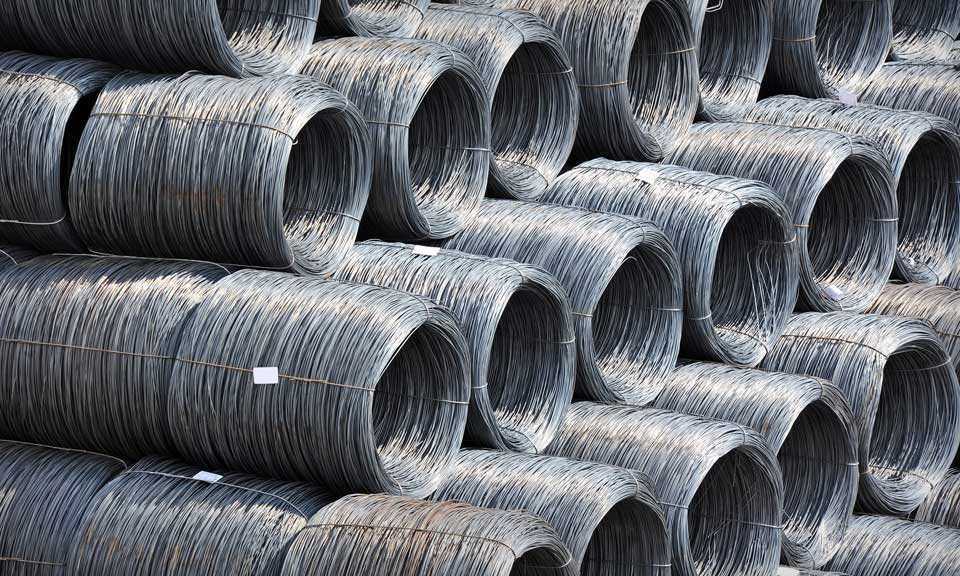
News
China's property sector has been in shambles over the past few years and remains the biggest drag on domestic steel demand. The property market has trended downwards in the first quarter of 2024. With no major recovery signs in new home sales, China’s new home construction starts are likely to remain on the downwards trajectory in the foreseeable future. The slowing property sector has triggered debt risks locally, leading Beijing to order local governments to downsize infrastructure projects, which has also undermined the growth momentum in infrastructure steel needs, adding to the demand slump. Click here to see full-size image